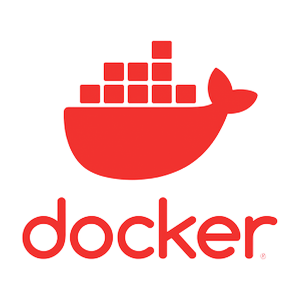
This blog post was born out of a need for a reliable C2 framework that could be spun up and torn down on demand for security research within my homelab. If you’re in a similar situation or just looking to level up your red team skills, running Sliver C2 in Docker is one of the easiest ways to get started. Sliver, the open-source command and control framework from BishopFox, has become increasingly popular for penetration testing and adversary emulation, and containerizing it gives you a clean, reproducible environment that you can spin up and tear down whenever needed. In this guide, I’ll walk you through the straightforward process of getting Sliver running on Docker within your homelab, covering both building images from pre-built binaries for stability and building from source for bleeding edge features, all the way to generating your first implant with external builders.












